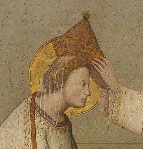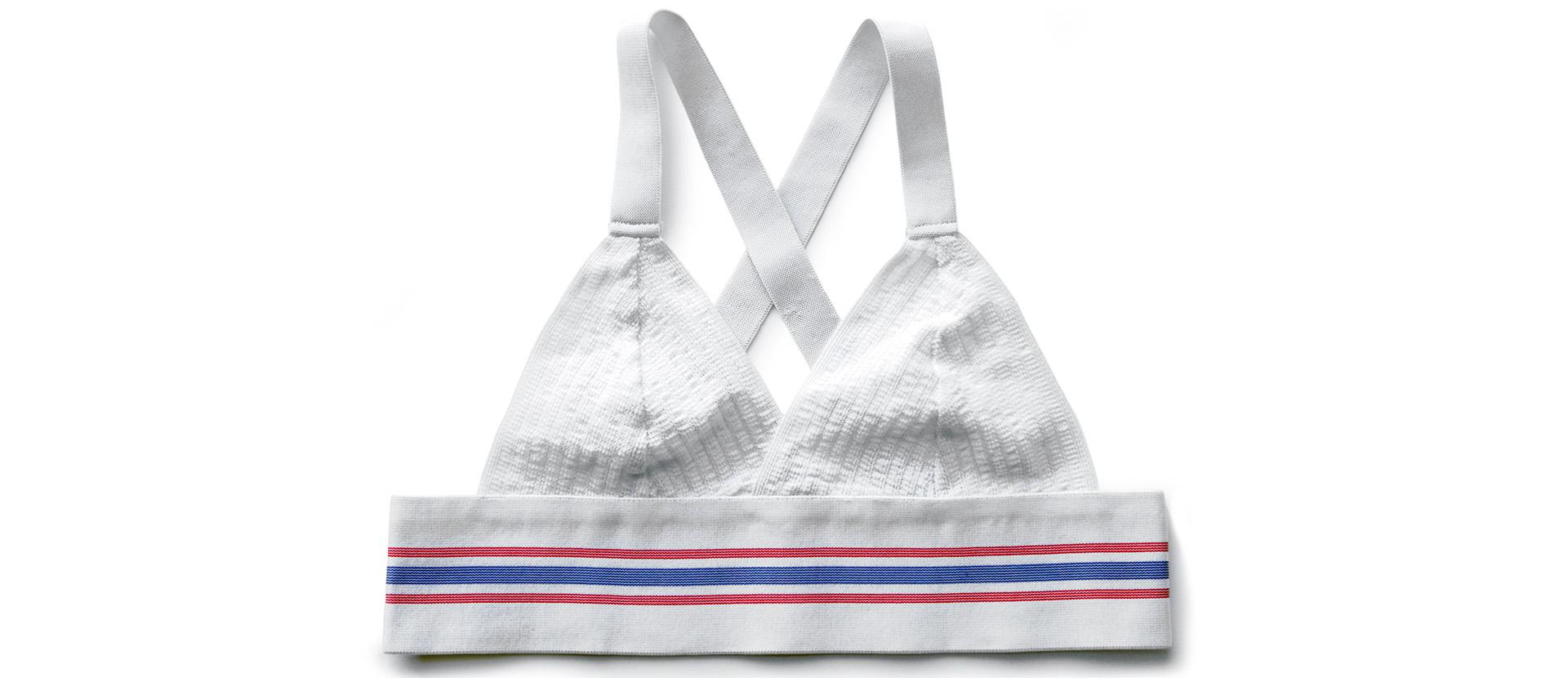<body><p>Array</p></body>
[[{"fid":"1168","view_mode":"default","fields":{"format":"default","field_file_image_alt_text[und][0][value]":"","field_file_image_title_text[und][0][value]":"","field_copyright[und][0][value]":""},"type":"media","attributes":{"class":"media-element file-default","height":"841","style":"font-size: 10px; height: 449px; width: 450px; float: left;margin-right:20px","width":"843"}}]]Although there is general agreement that the 15th century was a pivotal moment. From an artistic point of view, the shift from the late Gothic style to the language of the Renaissance marked a turning point. But in reality, the revolution was far less radical than the theory might suggest, even in the Italian school where the movement had its roots during the 1400s. Furthermore, while the Middle Ages concluded at the moment when the Renaissance was just spluttering to life, shouldn't we really look back to the early 14th century and Giotto whose works already harboured the foundations of this revival that underpinned western art for centuries to come?
This first section invites visitors to explore the late Medieval period and its multiple faces in Europe, from the imitators of Giotto to the early years of the 16th century. The prominence given to Hungarian art is meant to recall important milestones in its history, beginning with the reign of Sigismund of Luxembourg (1387-1437) who united Bohemia and Hungary under a single crown and ushered in a soft and sophisticated style that flourished. The fusion of Late Gothic art and Italian influences as evidenced by The Presentation in the Temple, from around 1500, is a reminder that the great humanist King Matthias Corvinus (1458-1490) played an active role in the second half of the 15th century with regard to importing new forms from the first Italian Renaissance into Hungary.
© Maso di Banco, Le Couronnement de la Vierge, Vers 1328-1330, Or et tempera sur panneau de bois, Budapest, musée des Beaux-Arts


